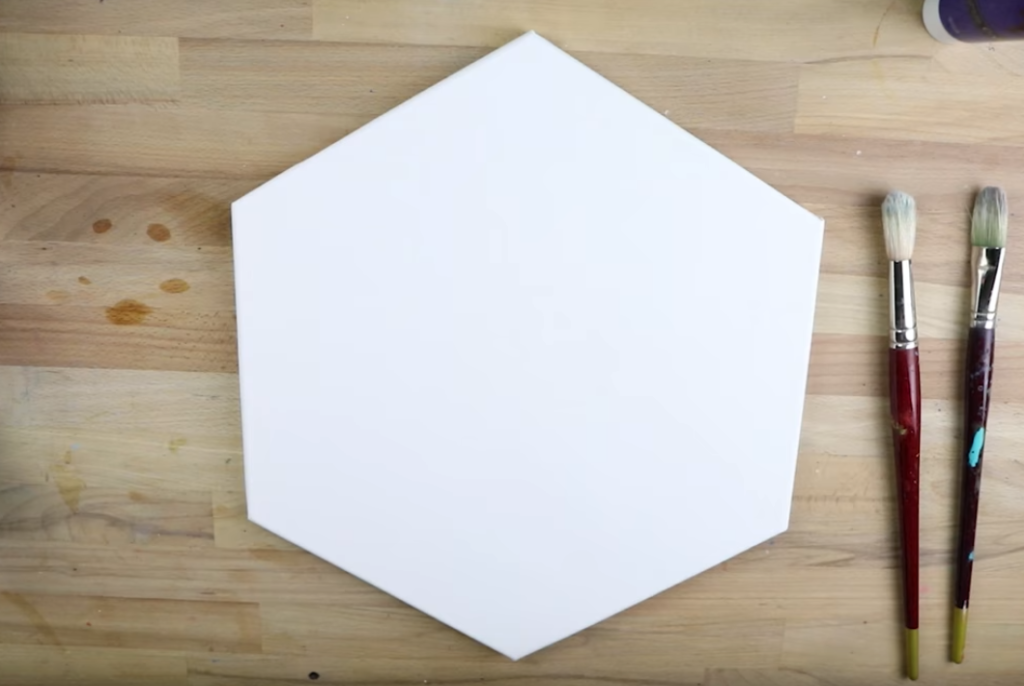In this article, we will discuss the art of acrylic glow in the dark paint.
Thanks to Crisco Art for his help in creating this tutorial. Be sure to follow him on Instagram if you haven’t run into his designs already.
Let’s dive in.
Materials needed for glow in the dark acrylic paint
- Canvas
- Brushes
- Medium transparent gel for volume
- Colorless phosphorescent gel
- Phosphorescent acrylics
- Normal acrylic paints


Step 1: Start with a background
With any painting, you want to start with a background. Especially in acrylic painting, it is important to work in layers. In this example, the background is made of regular acrylic paints.
Think about your design. Which background works best? Will you use glow in the dark acrylic paint for the background or will it remain regularly painted? While painting your background, work from light to dark.

It’s crucial to remember you will be working with glow in the dark paint, eventually. Think about where you want to make sections come to life in the dark. You have the opportunity to give your work of art two lives. One in the daylight and one in the dark.

The daylight portion of the painting is primarily created with primary colors. You can begin to work the glow in the dark acrylic into the project as well. The moon on this canvas has been glossed over with glow in the dark paint, however, it shows up as white in the daylight.

The more you use glow in the dark paint, the more experienced you will become and the easier it will be to use. Our suggestion: Until you become more comfortable with how it is used, use sparingly.

Glow in the dark paint has the tendency to make regular acrylic coats lighter. As seen in this painting by some of the streaks in the sky. Use this to your advantage for the daylight version of your painting.

As you can see from the close-up view of this example, it’s not hard to differentiate which portions of the painting have been touched with glow in the dark paint.

Once you’ve finished the background (which in a lot of cases is the bulk of the glow in the dark usage), you can move onto the foreground. In this example, Crisco Art has created a cityscape.

Dabbing the work with a paper towel or cloth is an effective way to give it a splotchy look which, in turn, creates softer lines and more depth.

The foreground is enhanced by adding the silhouette of a boy in fine, crisp detail. Much finer than the rest of the painting.

By adding the boy’s shadow, Crisco Art gives a dimension of perspective as the white moon can be seen as a setting sun.


Then, at night, you can see the sun becomes the glow in the dark acrylic moon.



